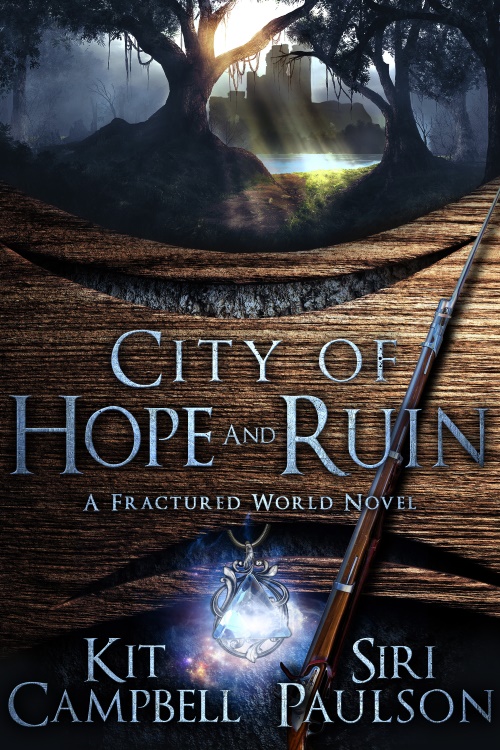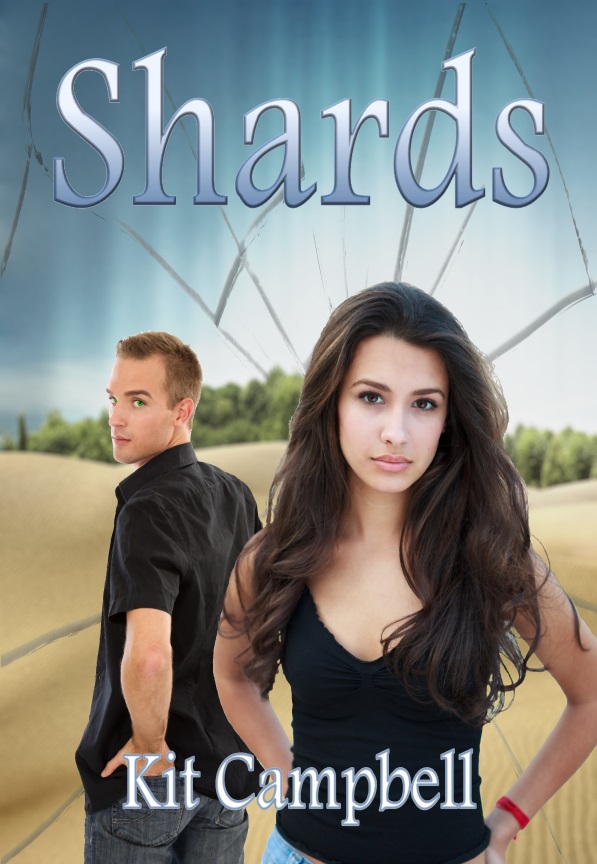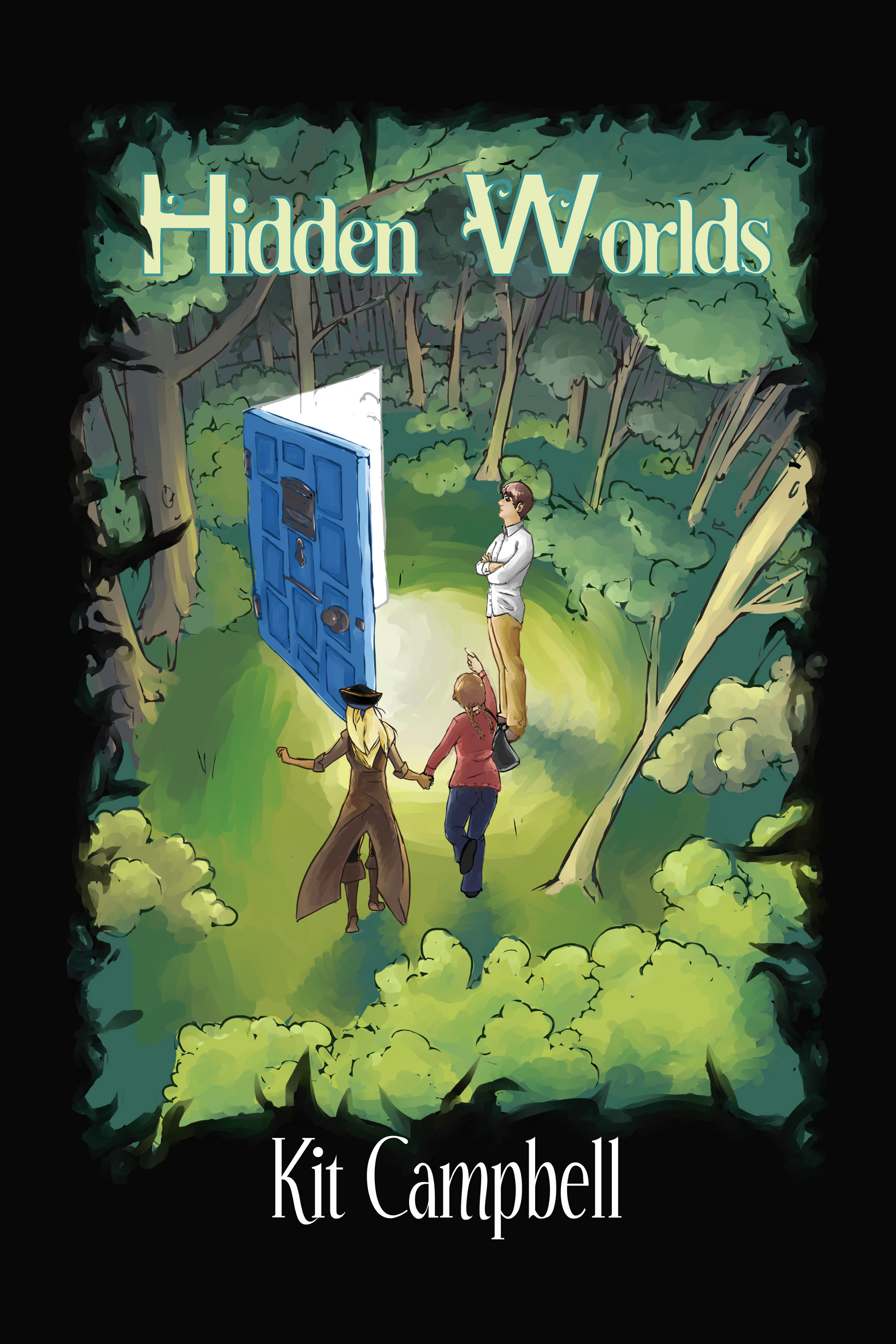Good morning/afternoon cusp, squiders! I think this will be the last post in this series, and I’ll save the rest for the book. Also, it is cold and I forgot to put a coat on like an idiot.
Today we’re going to talk about audience. A story’s audience is the type of person that is likely to read a particular story.
This is more of a marketing issue. It can be hard to match the creative flow and inspiration necessary to make it through writing/editing a story to the marketing box a writer is trying to fit into. Most don’t try, figuring they’ll write the story as it needs to go and the marketing aspect can come later.
It can be a writer’s first instinct to say “My story is amazing and it will appeal to everyone!” but this is patently untrue. People like different things. I’ve certainly read bestselling books that I thought were horrifically bad, and I’ve read books I loved that seemingly everyone else hated.
It’s part of the reason genres exist. People experiment, discover what sort of stories they like, and then they look for more stories like that.
Some people recommend inventing a “reader”–a fictional person who would fall into the prime audience for a story to use as a stand-in for the entire audience so they can personalize things for marketing purposes.
But during the writing process, do you really need to worry about your audience? The answer is: to some extent. Some genres have strict conventions that you’re going to run into issues with if you circumvent them. For example, it’s really hard to get romance readers to buy into a story that doesn’t end with a happily ever after, or a happily for now. Most romance readers are looking for an escape; if you provide a story that doesn’t match what a reader is expecting, you’ll run into readers not finishing the story or leaving bad reviews. Mystery readers expect a murder in almost all cases; thriller readers expect twists and turns at regular intervals. It is possible to successfully break a genre convention, but you’d better know what you’re doing.
But in a lot of cases, as long as you’re not wildly outside of what’s acceptable for your chosen genre, your audience can be mostly forgotten while writing.
Revision is where your audience starts to become more of a focus. There’s a saying that the first draft is for the writer, and the revision is for the reader. Things that might be confusing need to be clarified, plot or character issues will need to be fixed, and if something has been consistently pointed out by your beta readers/critiquers (who hopefully are regular readers of your particular genre in most cases), it will need to be looked at.
And if you’re planning to sell or publish a story, you will need to be able to choose a marketing category for it, which tends to include age ranges (children’s, middle grade, young adult, adult) and genre. A story that is not easily classifiable might be a hard sell.
Have anything else to add about audience, squiders? Examples of stories that went horribly awry on estimating who their audience was?



